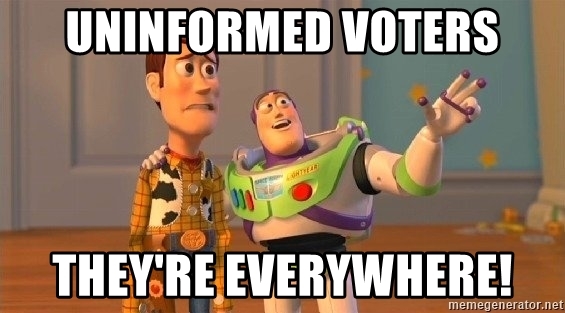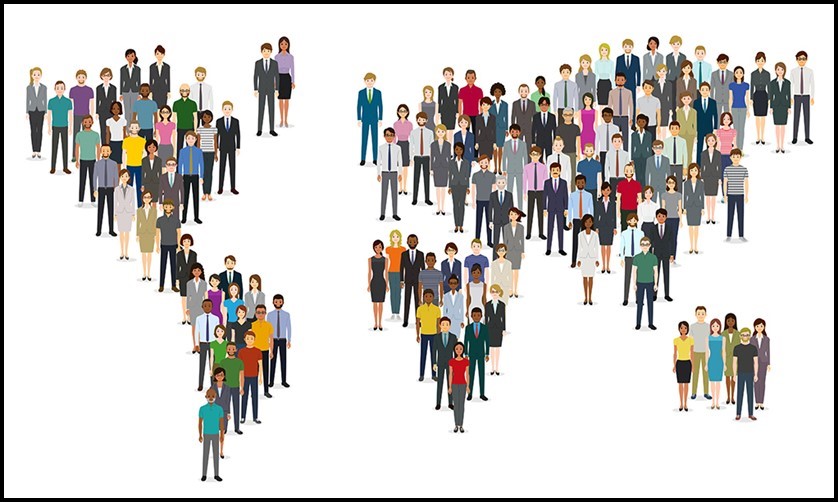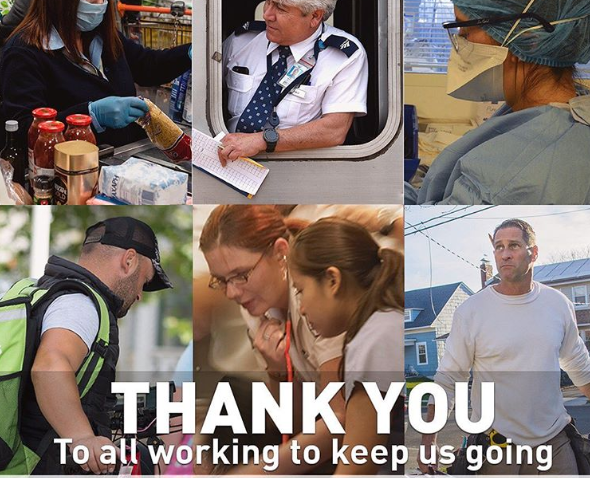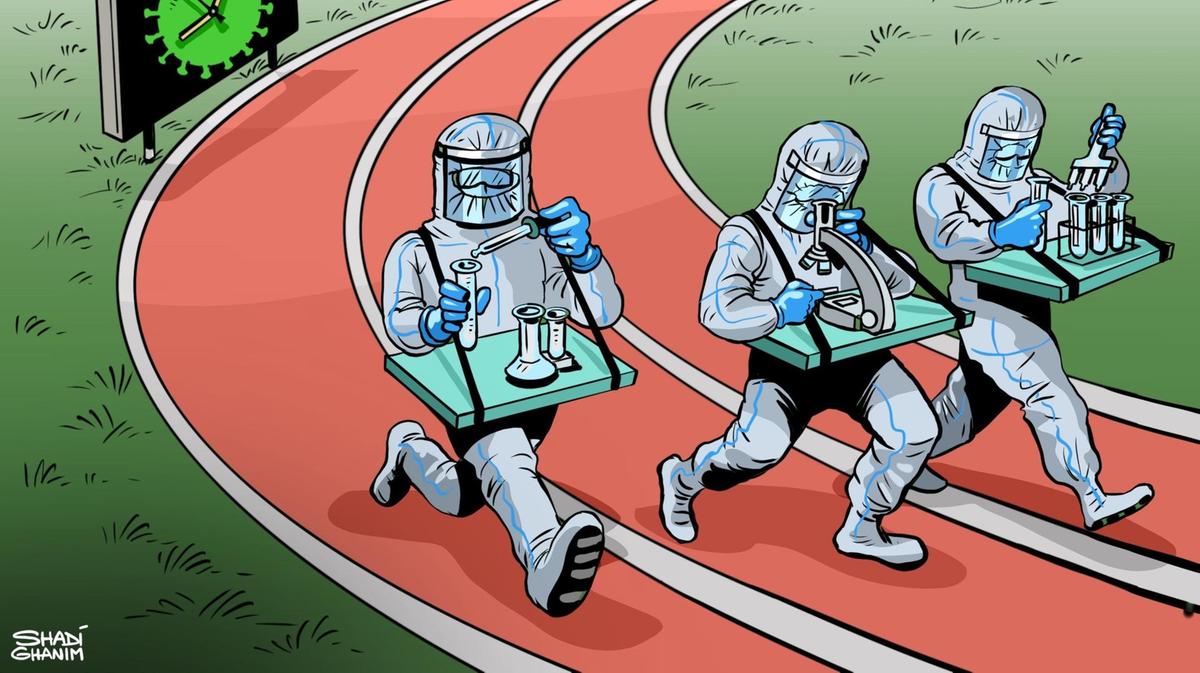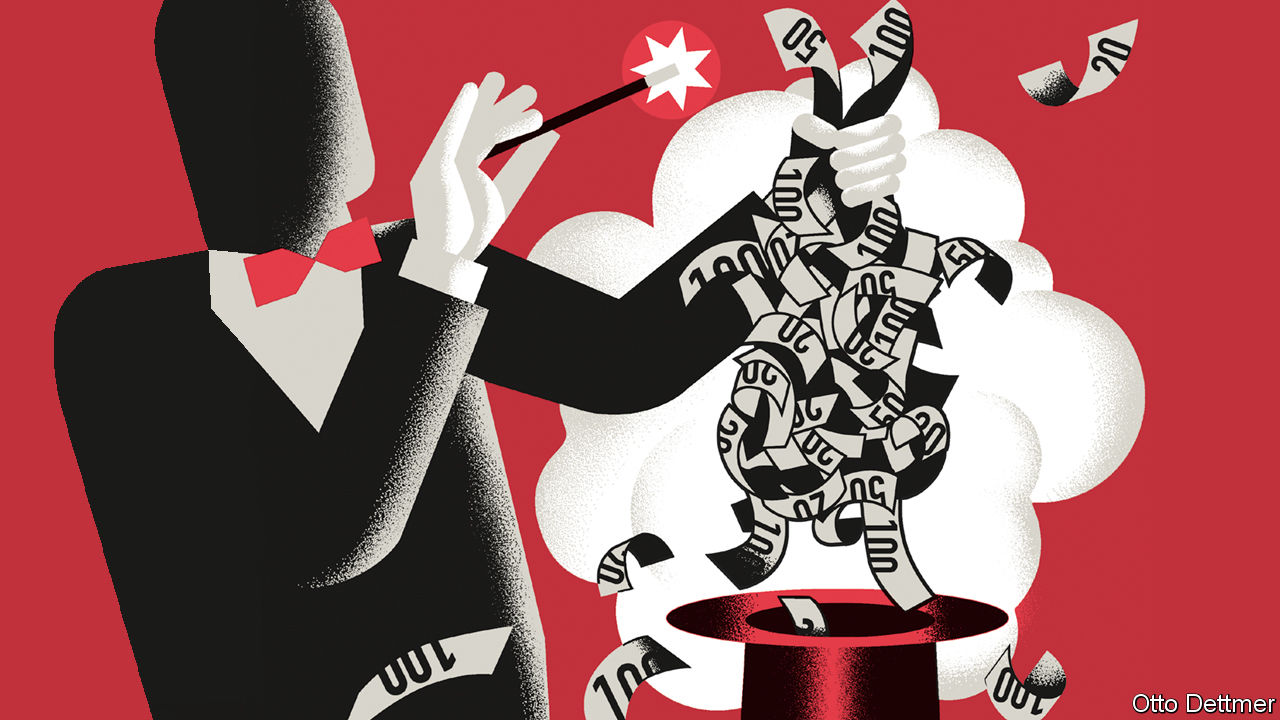
MANIFESTO FOR A BETTER WORLD
Humans are exploiting the Earth in an unsustainable manner. The current model of capitalism is cited as the main culprit with a burgeoning chorus of scientists challenging the economic mantra of “grow or die”. They argue that perpetual growth on a finite planet will lead to environmental calamity.
In the ongoing debate on sustainability, conservationists feel hampered and business people feel vilified. Meanwhile, ecologists and economists disagree about the limits of economic growth and the ecological capacities of the Earth. There is a mounting view that preserving the planet and expanding the economy are mutually exclusive. But is this really the case?
The reality is that environmental and economic issues are interconnected. The planet is part of the economic system and the economic system, in turn, is part of the planet. In order to grow, the economy feeds on natural resources and emits waste which pollutes the air and threatens the delicate climate on which life relies.
We must reduce the use of fossil fuels by switching to clean energy such as natural gas, nuclear and renewables (solar and wind). The energy sector matters greatly in our efforts to slow climate change. Electricity generation has long been the world’s biggest source of greenhouse gas emissions. The rest comes mainly from transportation, manufacturing and agriculture.
Around the world, businesses are making changes to their production systems in order to help stop the degradation of the planet. But what role do consumers play? Businesses argue that they merely supply the products and services that consumers demand. In an age of rampant consumerism, many of us crave the latest “must haves” thereby fuelling an endless cycle of spending.
To understand our insatiable appetite for products and gadgets that are newer and better, you need only look at the hordes of people around the world who queue for days outside an Apple store for the latest iPhone. Consumerism has caused us to confuse a good life with a goods life. The more we have the more we want, creating a cycle of compulsive buying.
But many of us buy things we don’t really need and this particularly applies to clothing. Open your wardrobe and take stock of all the clothes that you have either never worn or not worn in the past 12 months. It is claimed that most people wear 20 per cent of their clothes 80 per cent of the time. Put another way, we barely wear 80 per cent of what’s in our closet.
When it comes to poor practices that contribute to climate change, the fashion industry is cited as one of the worst offenders. Never have consumers been so quick to buy pieces of clothing, but this apparel runs out of style within weeks. The fashion industry has a vested interest in selling more clothes, so it sets new trends several times a year to keep consumers buying. It’s claimed that throwaway garments contribute more to climate change than air and sea travel.
For consumers, sustainability means getting the most out of the products they buy and not throwing them away on a whim. More than 1.7 billion people worldwide now belong to the “consumer class”. These people live on diets of highly processed food, own bigger houses and cars, carry higher levels of debt and have lifestyles devoted to the accumulation of non-essential goods.
Not surprisingly, many of the environmental issues we see today can be linked to consumption. Disposable cameras, plastic garbage bags, and other cheaply made goods with built-in product obsolescence inflict a devastating toll on the Earth’s water supplies, natural resources and ecosystems. Demand for cheaply manufactured goods fuels our throw-away mentality.
A magazine article titled Climate Change Is the Symptom. Consumer Culture Is the Disease. notes that “… industries are spouting carbon because customers demand their products: travel, electronics, entertainment, food, all sorts of stuff. So, what if, instead of solely measuring emissions by economic sector, we looked at consumer demand within those sectors?”
Researchers have done just that, and the results tilt the blame away from businesses toward a different villain – ourselves. The article goes on to say:
C40 Cities, a network of 94 of the world’s biggest cities, released a report … estimating how much consumption habits drive the climate crisis. The results were staggering: In those nearly 100 cities, where a combined 700 million live, the consumption of goods and services “including food, clothing, aviation, electronics, construction and vehicles” is responsible for 10 percent of global greenhouse gases. That’s nearly double the emissions from every building in the entire world.
Billions of citizens around the world are looking to governments and businesses to do something about climate change. But the real power for change is in our hands. Our collective actions can provide the leadership necessary to combat climate change. We support governments with votes and businesses with dollars, which means that we can choose who governs and where we spend our money.
If we don’t like what a company is doing, we can stop buying their products and services and force them to change. Consumers drive markets and sustainable consumer choices can change corporate behaviour. But we all need to take a stand and, for many of us, this will require a lifestyle overhaul, particularly with regard to saying “no” to unnecessary and/or environmentally unfriendly household items.
Research reveals that having more and more possessions does not make us happier, which is why some have adopted a minimalist approach to life. There is a growing minimalist movement which advocates that we should get by with less. The basic premise of the movement is to live without excessive possessions in order to have more meaningful and thoughtful experiences.
I remain an avid fan of capitalism and believe that it is the greatest vehicle the world has ever known for creating wealth and prosperity. Even so, it is an economic system in need of repair. All of us as individual consumers working together can drive that repair by making better choices in our day-to-day lives regarding the products and services we consume.
Let’s prove that sustainable capitalism is not an oxymoron.
Before you go…
My next blog post will be the final one published for 2020 and will take the form of a Christmas parody. It will be set to the rhyme scheme of Clement Moore’s classic poem, The Night Before Christmas. It will imitate the style and form of Moore’s original lyric while addressing a different subject matter – a look back at the biggest news stories of 2020. I hope that you enjoy this twist on the famed poem.
Regards
Paul J. Thomas
Chief Executive Officer
Ductus Consulting



